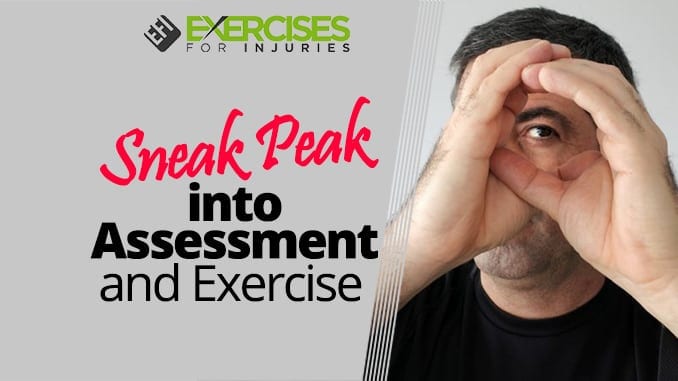You should assess your current fitness level at the beginning of your strength-training journey. You can use your assessment results to create a safe and effective strength-training plan. Evaluating your strengths and weaknesses at the beginning of your strength-training journey is like putting together a puzzle. You don’t know what the finished puzzle will look like, but you have all the pieces. As you progress through your journey, your puzzle will look different. You might find that some parts don’t fit the mystery anymore, and you’ll have to replace them with new ones.
What if we told you that the best way to get better at something is by doing it in a repetitive process?
You may think this can feel like a no-brainer, but in practice, many of us don’t go about getting better at things this way. Most of our efforts to get better at things are pretty half-hearted. We might give an activity or skill a try for a few sessions, even days, and then abandon it when we’ve had enough for the moment. If you’re serious about getting better at something and not just going through the motions, keep these thoughts in mind as you continue your journey.
A few people asked if they could get a look into Assessment & Exercise. Here are six clips from A&E. Enjoy
Before I get to the clips from Assessment & Exercise, John Izzo shares with you what he goes through in his presentation:
Component 1. Assessment & Exercise for Performance with Nick Rosencutter / Length – 1:27:03
Assessing knee flexion in athletes is significant to help prevent knee injuries and determine if these injuries have healed in a reasonable procedure.
To have good flexion in your knees, you need to have proper mobility and stability.
Component 2. Assessment & Exercise for Athleticism with Anthony Mychal / Length – 1:35:01
Correspondence is a fundamental aspect of athletic training. It involves a lot of research and reading, which will help you to improve your game. Athletes must be cautious about what they put in their bodies and minds.
(for next video)
Muscle imbalance can negatively affect your posture and cause pain in your joints. Being aware of this is a must-learn.
Fortunately, you can treat muscle imbalances by following a well-rounded exercise routine and a diet that meets your needs.
Component 3. Assessment and Exercise for Personal Training with John Izzo / Length – 1:10:14
Personal training is a profession, and the last thing you want is to come across as unprofessional. Avoid making these common mistakes during your assessment, and you will be on your way to becoming a successful and well-respected personal trainer.
(for next video)
A personal trainer trains people who want to improve physical conditioning to lose weight or meet other health objectives, such as lowering blood pressure or cholesterol, increasing stamina, or reducing stress.
Watch the video below, and be amazed at who these people that personal trainers train.
Component 4. Assessment and Exercise for Knee Injury Recovery with Rick Kaselj / Length – 40:29
Knee injuries can be severe and may require physical therapy and rest to heal. If you have had a terrible knee injury and are in doubt about when you can start exercising, speak first to a specialist.
Recovering from a knee injury takes time. One of the most important things you can do is stay active and engaged in your daily life.
Plus:
- The VIP coaching call which we will be setting up
- 4 Bonus lower body assessments from Anthony Mychal you should assess
- An additional presentation that I am going to do on Assessment & Exercise for Back Injury Recovery
Assessment is a critical step in gaining any training knowledge. Without a baseline, you might not be successful in doing so. For example, you must have a baseline assessment before starting any exercise program.
If you want more details on Assessment & Exercise, you can get them over here.
If you have questions about Assessment & Exercise, you can ask them by emailing me at support@exercisesforinjuries.com.
Take care.
Rick Kaselj, MS

